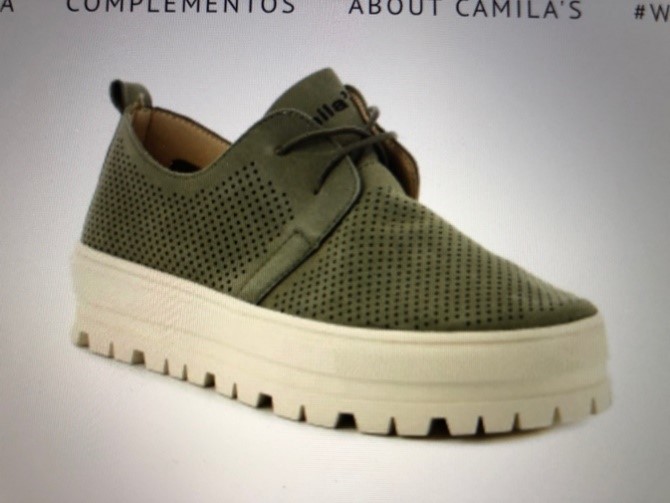Epidermolysis bullosa
2.6. Clothing
Clothing is a common source of concern for parents, especially for infants and young children.
Clothes should be as soft as possible and free of prominent pressure points (like buttons, zippers, and seams). In some cases, it can be helpful to turn garments inside out to prevent seams from coming into direct contact with the skin. It’s also advisable to dress the child in lightweight and comfortable fabrics. If they feel cold, cover them with blankets before putting on heavier winter clothing. The best-fitting materials for these children are cotton, rayon, and silk. If injuries persist, the affected areas can be covered with dressings or bandages to prevent new blisters from forming.
Around the age of one, footwear becomes a significant concern. It is important to find shoes that allow safe movement, fit properly, and minimize sweating to reduce the risk of blister formation. Ideally, shoes should have flat soles. While rubber soles can cause heat buildup, they are generally more comfortable than leather soles; adding a leather insole can help with heat management. Initial shoes that work well are those with a sock-like fit and rubber soles. As children grow, especially in more severe cases, orthopaedic shoes may be the best option, as they provide better support, particularly when custom heels or specially designed insoles are necessary.
